13+ Sample Social Development Plan
-
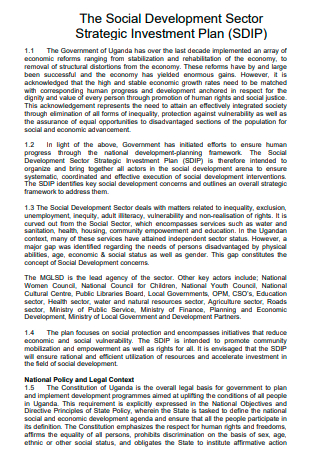
Social Development Sector Strategic Investment Plan
download now -
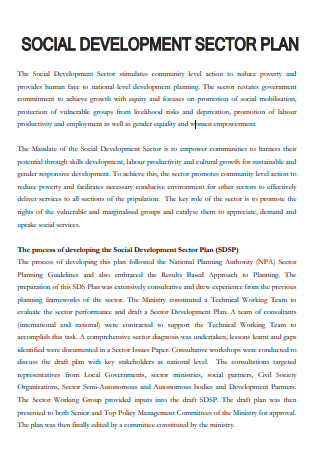
Social Development Sector Plan
download now -
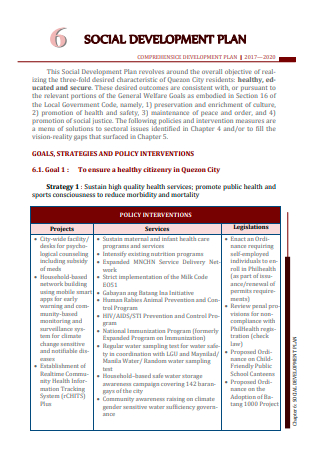
Social Development Plan Example
download now -
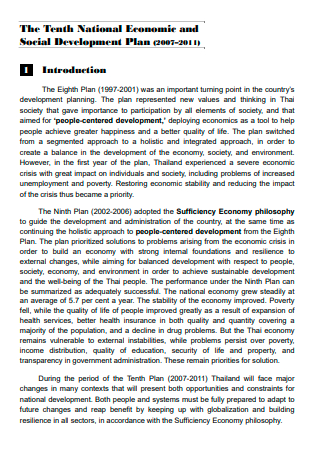
National Economic and Social Development Plan
download now -
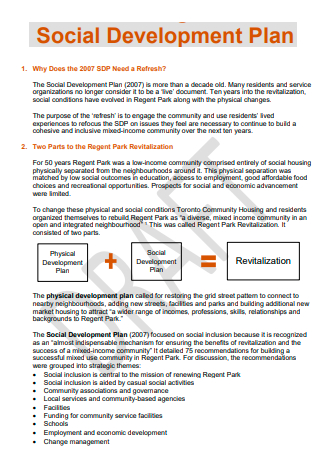
Draft Social Development Plan
download now -

Social Development Action Plan
download now -
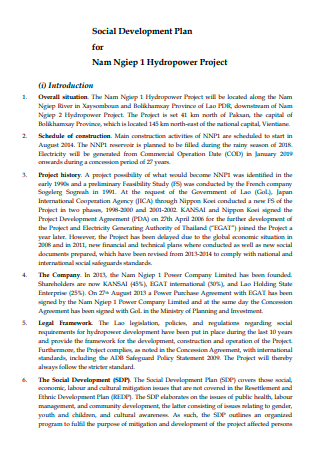
Social Development Plan For Hydro Power Project
download now -
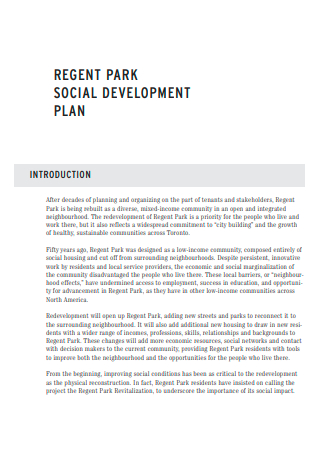
Simple Social Development Plan
download now -
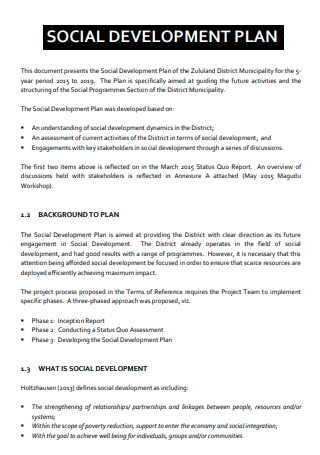
Printable Social Development Plan
download now -
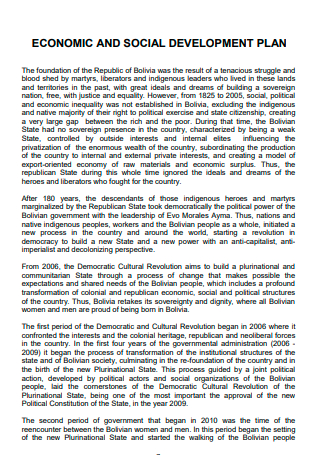
Economic and Social Development Plan
download now -
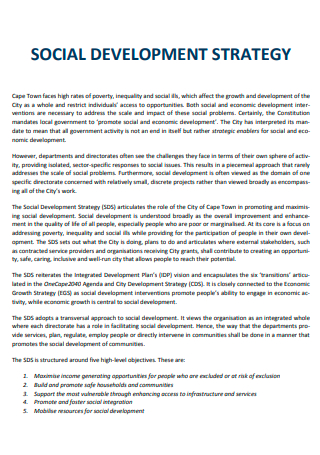
Social Development Strategy Plan
download now -
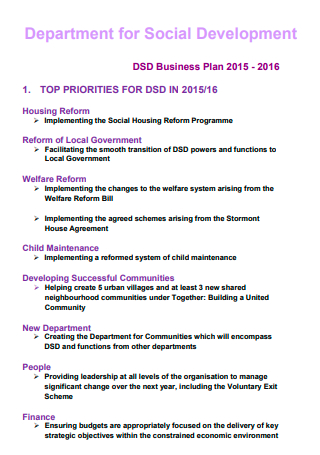
Department For Social Development Business Plan
download now -
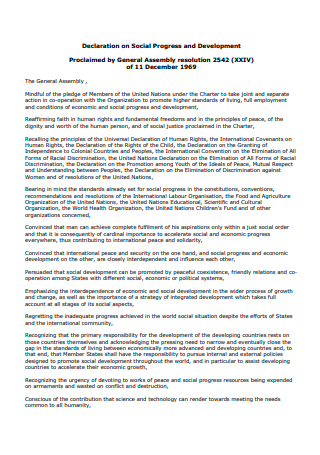
Social Progress and Development Plan
download now -
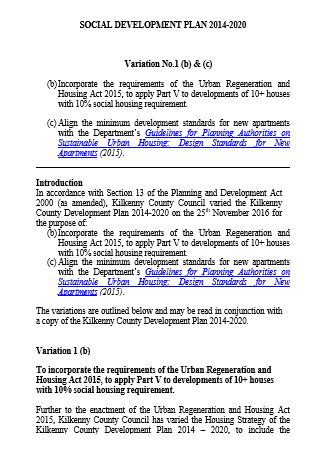
Social Development Plan in DOC
download now
FREE Social Development Plan s to Download
13+ Sample Social Development Plan
What Is a Social Development Plan?
Key Concepts In Social Development
Requirements for Social Development
How to Create a Social Development Plan
FAQs
What is an example of social development?
What are the aspects of social development?
What does social development provide?
What Is a Social Development Plan?
A social development plan is a comprehensive plan that centers on the progress, growth and development of individuals within the context of a community or collective society. The plan can cover a broad range of development, most notably economic and social development.
According to data published by the Center for Sustainable Systems of the University of Michigan, there are various social development indicators being used today. Among them are the Gross Domestic Product (GDP), Gross National Income (GNI) and the Human Development Index (HDI). The same article also states that the United Nations came up with a list of seventeen Sustainable Development Goals or SDGs back in 2015. Among these goals include addressing inequality, hunger and environmental sustainability.
Key Concepts In Social Development
Social development is a key factor in maintaining functional societies and civilizations. It can encompass a broad range of concepts and subtopics, the following are just some of the major concepts that are intrinsically linked to social development.
Requirements for Social Development
Social development does not happen overnight. It is a long and tedious work-in-progress. In order for social development to succeed, there are certain conditions that make it ideal for it to flourish. The following examples describe some of the basic requirements or conditions needed for sustaining social development.
How to Create a Social Development Plan
To create a social development plan, a holistic approach is necessary. As much as possible, you want a multi-dimensional plan that touches on all important aspects. But if you are looking for faster and more convenient ways to craft a comprehensive plan, using a sample template as a reference can save you a lot of time. Select a free template from the collection above and follow the steps provided below.
Step 1: Establish the Objectives
Before brainstorming any social development projects or programs, you need to first establish clear and direct objectives. This will set the stage for any plans that will ensue. It is crucial to know what is the driving force behind any action and response in a social development agenda. There must be a clear purpose that will justify any social amelioration program or development project. This section is dedicated to providing just that. Try to keep the objectives as direct and brief as possible. Ensure that they are descriptive and targeted. Having too many objectives could result in a social development plan that lacks focus.
Step 2: Create Metrics
The next step is setting up a system of measurement that will gauge the success of a social development plan. It is not enough to simply come up with action steps. There must be an objective and rational process behind it. Whether it is a scale or a set of success indicators, criteria must be in place to help calculate the improvement or deficiency of a social development program. This cannot be stressed enough, especially when it comes to improvements and continuous learning. Without a necessary rubric in place, a sustainable social development plan cannot be realized.
Step 3: Outline the Strategies and Programs
The most important part of a social development agenda will obviously be the plans and action items that will address social development needs. The strategies and programs should directly address the objectives in the previous section. Of course, the content of the plan would vary greatly depending on the kind of social development plan being created. For instance, if your plan is to alleviate poverty in a low-income locality, then the content of your action plans must be directly linked to improving and mitigating the poverty that exists in that particular neighborhood. Lastly, it is important to use action-based words and descriptive language in this section.
Step 4: Set a Timeline
The final step is to set a timeline for your social development plan. With all the widespread social, economic and political problems happening around the world, solutions and actions must be treated with a keen sense of urgency. For every action plan or strategy, there must be a corresponding timeline that details the fulfillment of the plan. It can be a simple calendar, a Gantt chart or any project management tool that you are comfortable using. The key is plotting a specific timeframe that will help push the development plan forward.
FAQs
What is an example of social development?
One example of social development within the context of society is the advancement of poverty alleviation programs or the improvement of public health efforts.
What are the aspects of social development?
Social development can cover several different aspects including the cultural, physical, environmental, political, and socio-economic.
What does social development provide?
For development workers, government employees and even private citizens, social development provides a framework for them to solve social problems and promote a higher quality of life within their communities, localities, and countries.
Social development is a key ingredient for any community or country to move forward and progress as a society. A comprehensive and sound social development plan is what you need! Browse the collection of sample templates above and start customizing your own plan now!
